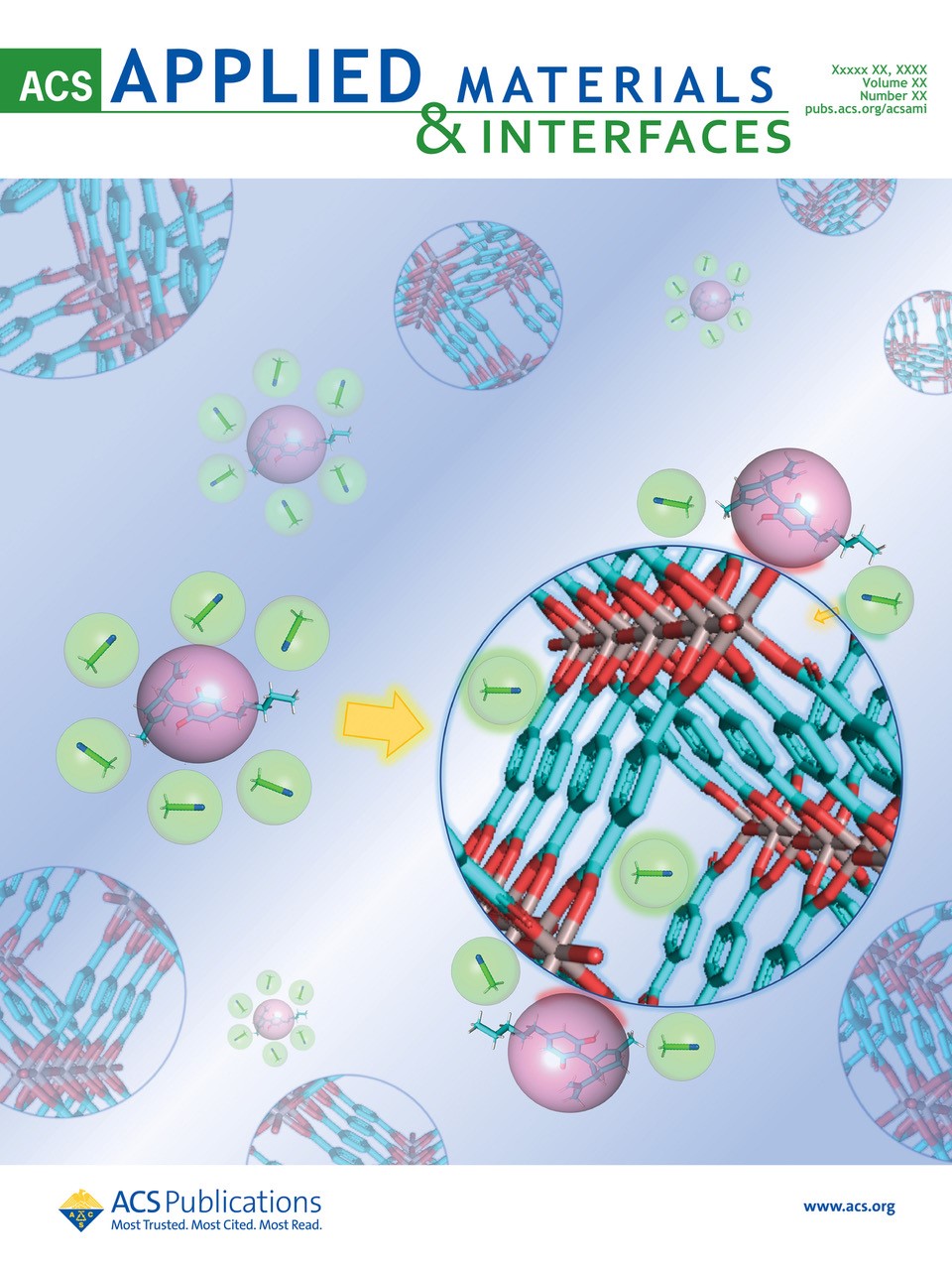Cannabinoids are important industrial analytes commonly assayed with High Pressure Liquid Chromatography (HPLC). In this study, we evaluate the suitability of MIL-53(Al), a commercially available MOF as a stationary phase for cannabinoid separations. The suitability of a MOF for a given separation is hypothesized to be limited by the ability of a given molecule to enter the pore of the MOF. To evaluate the extent of possible adsorptive interactions between cannabinoids and the interior surface area of MIL-53(Al), the Radii of Gyration (Rg) and Solvent Accessible Surface Areas (SASAs) were calculated for three cannabinoids: cannabidiol (CBD), cannabinol (CBN), and Δ9-tetrahydrocannabinol (THC), as well as the MOF. These values were used to calculate the theoretical adsorption capacity of the MOF, using four competing adsorption models. The Rg of cannabinoids (4.1 Å) is larger than one MOF pore aperture dimension (4.0 x 5.0 Å). The adsorption capacity was measured by relating a decrease in cannabinoid concentration in acetonitrile when exposed to 100 mg MOF. Cannabinoid uptake by the MOF was estimated using the relative standard deviation (RSD) of the soaking solution assay, as the Decomposition-Corrected RSD as Uptake (DCRU). The DCRU was calculated as 0.007 ± 0.004 µgcannabinoids/mgMOF. These findings indicate that most of the MOF surface area was inaccessible for adsorption by cannabinoids due to size-exclusion effects. The implication of this work is that the suitability of a MOF for adsorptive separations, such as liquid chromatography, must have an upper limit for size of the analyte. Additionally, MOFs may generally be more suitable for separations in the gas phase, where adsorbates are not hindered by the presence of a solvation shell.


